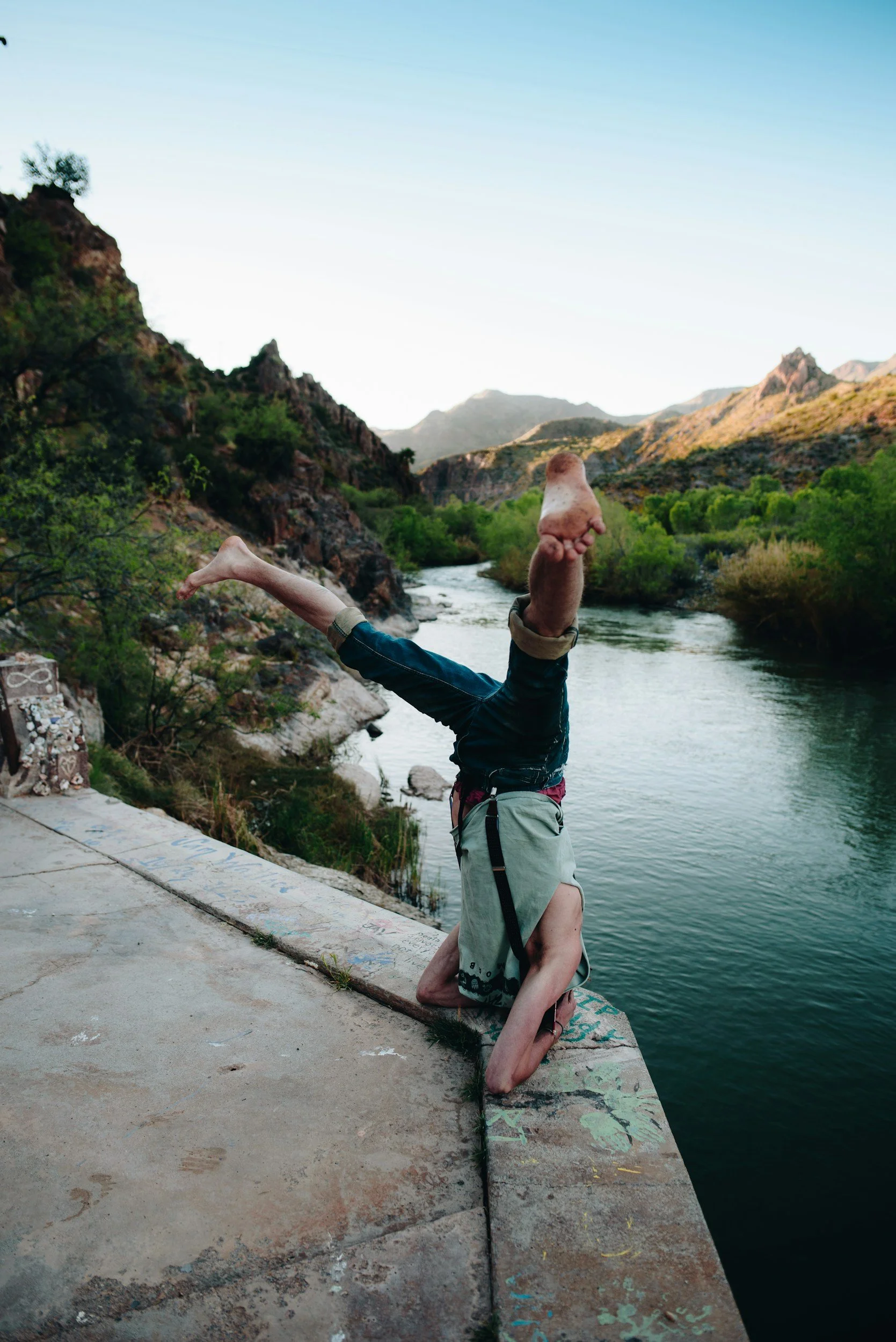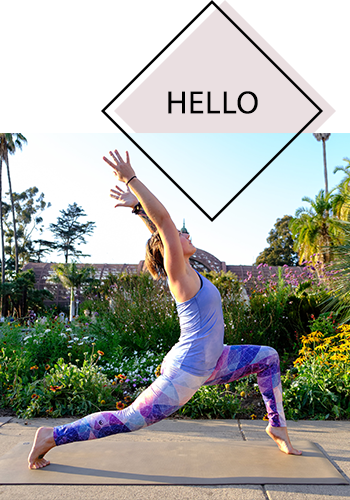Playing with Headstand
/Headstand: You've Come Full Circle
Headstand (Sirsasana), the pose that once seemed unreachable, has a way of teaching us about growth, patience, and transformation. It’s not just about being upside down—it’s about flipping our perspectives, both on the mat and in life. For many yogis, including myself, headstand marks a significant milestone in the practice, one that reflects a journey of overcoming fear and discovering inner strength.
A Journey from Fear to Freedom
Headstand, you’ve come full circle.
You used to be that pose I figured I’d never do. The posture I dreaded at the start of every class. The one I tried at home, cautiously working my way away from the wall.
You brought up fear and insecurity, sometimes even jealousy as I looked around the room at other yogis who could hold an inversion effortlessly.
But the other night, I could not get enough of you, headstand. I found myself upside down, content, at peace, steady. I’d come down, take a rest, and dive back in for another round.
I even played around with split-leg headstand, testing my balance, seeing where I needed to firm my muscles and where I could be relaxed.
Why Headstand Is More Than a Pose
Headstand is more than a physical posture; it’s a reflection of how we face challenges and work through them with perseverance and self-compassion. It’s about the transformation that happens not just in our bodies but also in our minds.
What Headstand Can Teach Us:
Stability Comes with Practice: Balancing upside down requires a strong foundation. Just like in life, the steadier your base, the more you can achieve.
Strength Takes Time: The strength needed for headstand—both physical and mental—isn’t built overnight. It’s a reminder to be patient with ourselves and trust the process.
Presence Is Key: Headstand invites us to stay present. Fear fades when we focus on the moment instead of the “what-ifs.”
Receptivity Opens Doors: When we approach the pose with openness instead of rigid expectations, possibilities expand.
Overcoming Fear and Insecurity
At first, headstand can feel daunting. Fear of falling, fear of failing, and fear of being vulnerable often surface. But these fears also hold the greatest potential for growth.
How to Overcome Fear:
Start Small: Begin with preparatory poses and build strength gradually.
Use the Wall: Practice near a wall for support, and step away only when you’re ready.
Breathe Through It: When fear arises, focus on your breath to anchor yourself in the present moment.
Celebrate Progress: Every attempt is a step forward. Falling is just part of learning.
Personal Reflection: There was a time when I would cringe at the thought of headstand. But now, I enter the pose with curiosity instead of hesitation. It’s not about perfection but about exploring what’s possible.
The Joy of Playing Upside Down
The beauty of headstand lies in its playfulness. Once you’ve built the strength and stability to hold the pose, it becomes a space for creativity and exploration.
Ways to Play in Headstand:
Split-Leg Variations: Try extending one leg up while lowering the other, testing your balance and alignment.
Eagle Legs: Wrap one leg around the other to challenge your focus and coordination.
Wide-Legged Headstand: Open your legs wide to engage your core in a new way.
Each variation teaches something different—where to firm, where to relax, and how to find ease within the effort.
A Moment of Gratitude
I am grateful to be at a moment in my practice where I approach the mat with less fear. I don’t cringe at the thought of headstand or arm balances. I simply enter into the present, taking an asana one step at a time, seeing what is possible.
This gratitude extends beyond the physical practice. Headstand has shown me the value of patience, the joy of play, and the freedom that comes with letting go of expectations. It’s a reminder that yoga is not about achieving; it’s about exploring.
3 Core-Strengthening Poses to Build Your Headstand Practice
If you’re still working toward headstand, these core-strengthening poses will help you build the stability and confidence you need to go upside down.
1. Forearm Plank
Why It Helps: Builds strength in the shoulders, arms, and core—the foundation for headstand.
How to Practice:
Start on your forearms and extend your legs straight back into a plank position.
Keep your body in a straight line from head to heels.
Hold for 20–30 seconds, focusing on engaging your core.
2. Dolphin Pose
Why It Helps: Prepares your shoulders and arms for bearing weight while mimicking the headstand setup.
How to Practice:
Start on your forearms in a tabletop position.
Tuck your toes and lift your hips into an inverted “V” shape.
Press into your forearms and hold for 5–10 breaths.
3. Boat Pose (Navasana)
Why It Helps: Strengthens the deep core muscles needed for stability in headstand.
How to Practice:
Sit on your mat with your knees bent and feet flat.
Lift your feet off the ground and extend your legs if possible.
Reach your arms forward and hold for 5–10 breaths.
Conclusion: Embracing the Upside Down
Headstand is a testament to the transformative power of yoga. It challenges us to face our fears, build strength over time, and approach our practice with openness and curiosity. Whether you’re just starting to explore the pose or finding joy in variations, remember that the journey is just as important as the destination.
As you move through your practice, let headstand be a reminder that stability and strength come with time. Play, explore, and savor the moment—you might just find yourself upside down, content, and at peace. ✨









Stories from the trail. My journey to becoming an ultra marathon runner.